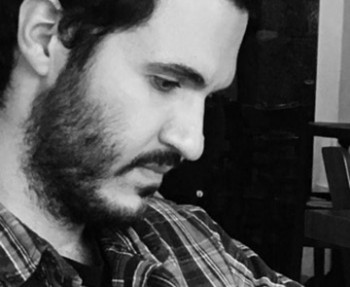Mindfulness
Feel the Freedom
Mindfulness is the awareness that arises with attention focused on the present moment, without sadness about the past or worry about the future. In other words, reality is accepted without criticism, away from the fantasy of how we would like it to be or the negativity of how it is not.
Mindfulness does not mean emptying the mind, passivity or a state of not thinking about anything but the opposite. The goal is not to relax since trying to relax causes us more tension. Mindfulness accepts and records our moment-to-moment experience. Through this practice we are led to a natural change in the way we manage reality.
It also increases body awareness. When an external stimulus causes an emotional reaction, the organism's attention system detects a conflict.
Mindfulness offers significant help in fighting depression, reducing negative thoughts, reducing anxiety, eating disorders and managing physical pain, improving sleep and increasing the level of dopamine in the brain. It is a potential solution to persistent negative thinking that creates low mood, frustration and obsessions. It also has a positive effect on various dimensions of physical health such as improving immune function and lowering blood pressure.
Mindfulness techniques
Concentration on what you are doing with full awareness of the act. From brushing teeth and watering pots to observing sounds and noises in the environment you are in every moment. Notice everything around you as if seeing it for the first time, feel the texture in everything you touch or hold in your hands. Observe, without judging, without comparing, without analyzing. Focus on your breathing. Take deep integrated breaths, any time of the day. Meditation. Feel full awareness, through the meditation technique. The practice of meditation is divided into informal and formal. Informal meditation happens when we focus our minds on every activity we do during our day. Formal meditation occurs when we take time out of our day to complete a meditation practice. Some practices include body scan, awareness of breath, mindful walk, mindful yoga, etc. Record your feelings in a journal. This way you will begin to notice and increase your positive thinking. Relax your posture, possibly points that may be tight with tension.
Mindful eating
Mindful eating is part of a mindful lifestyle. When we eat, all our attention is focused on it, we look, smell and observe our food. Our bites are slow and steady without rushing so that we feel the food beyond the taste, enlisting all our other senses.
We dedicate time to each meal, creating a pleasant atmosphere without distractions. We try to understand the needs of our body and recognize what the food we eat offers us by planning the meals of the day.
Like all changes, Mindful living requires practice and patience. You can set a goal that you will make a small change for a certain period of time and slowly the change will become a habit and the habit, a way of life.

 English
English
 Ελληνικά
Ελληνικά Русский
Русский
 Original Article Posted by
Spyros Papapetros
Original Article Posted by
Spyros Papapetros






